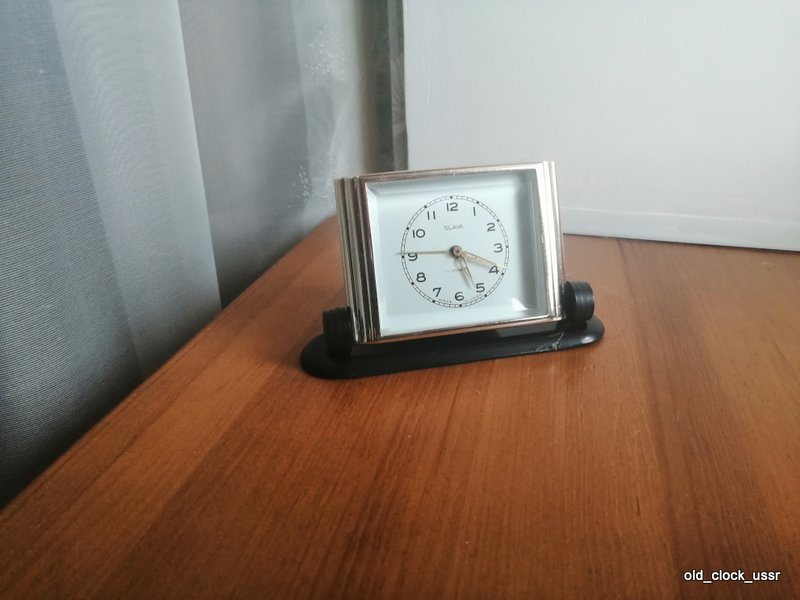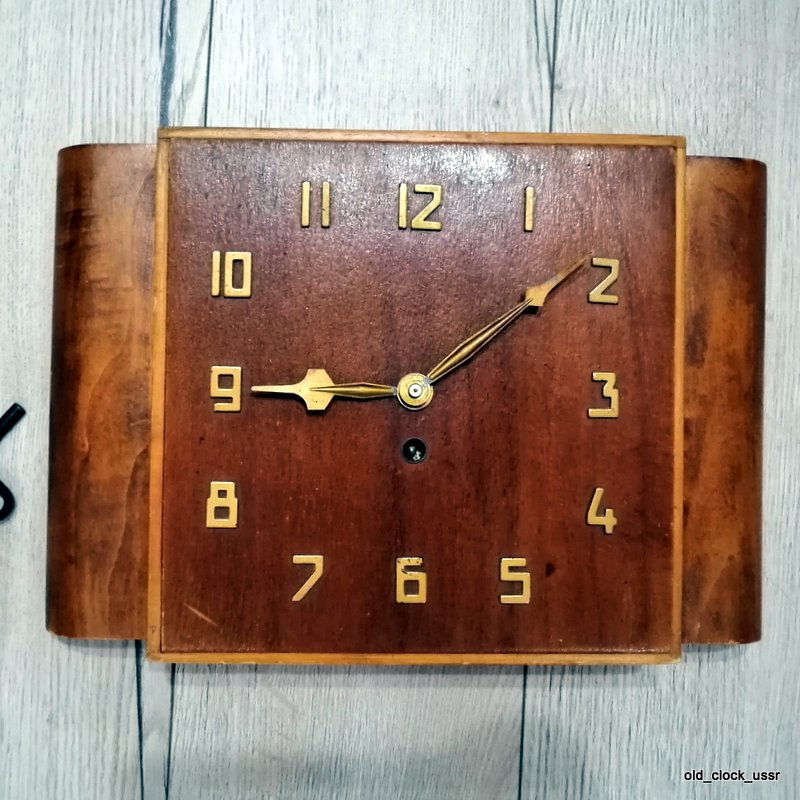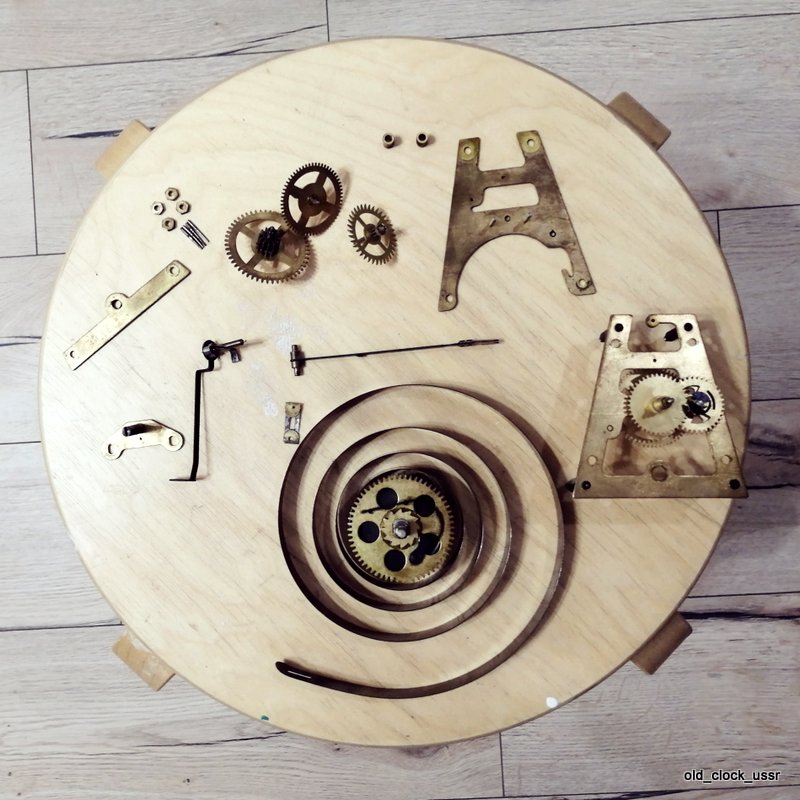Soviet clock production is not limited to wristwatches but includes a vast range of table clocks, wall clocks, cuckoo clocks, and alarm clocks. These clocks often feature unique designs and are surprisingly delicate and graceful. Although I am not an expert, I want to share a fascinating personal experience that greatly increased my appreciation for these timepieces.
Historical Context
In post-war Europe and the Soviet Union, mechanical alarm clocks and wall clocks were essential household items, unlike today’s more luxury-oriented perspective. Reliable mechanical clocks, whether on the wall or bedside, were crucial for regulating daily life in a community. Wristwatches were often scarce and expensive, especially in remote, less industrialized regions. The planned economy of the Soviet Union recognized and industrialized this need.
My Personal Experience
This interest stemmed from a random encounter on social media. Recently, while exploring my Instagram feed, I came across images of a beautiful table clock under repair, which immediately caught my attention. Amidst a sea of Russian wristwatches, these large mechanisms stood out, captivating me.
I discovered the Instagram account old_clock_ussr, which belongs to a passionate individual named Roman. His love for restoring these vintage clocks is evident, and his profile is worth exploring for anyone interested.
Who is old_clock_ussr?
I can tell you a bit about myself and how my hobby started.
It all began in my early childhood; probably somewhere in my subconscious, I remembered how my father was engaged in repairing clocks. I lived and still live in the city of Samara (Kuibyshev); in this city was one of the largest watch factories, ZIM, where my father worked.
After the collapse of the Soviet Union, all industries began to be looted and closed; it was painful to see how once great people and the country began to sink into poverty and injustice. Well, but let’s not talk about that here. Years passed, I grew up, became the head of a family, and my wife and I had a son. He is now 3 years old. During this time, I studied civil engineering and rose to the position of manager.
Just last year, on August 25, while walking through the flea market with my family early on a Saturday morning, I saw a clock on an old man’s stall lying in a pile of junk. It was magnificent; the condition was excellent, and the 1970s design struck me immediately. I took this desk clock and was pleasantly surprised that it worked not with a battery but with the help of mechanics.
Two months later, I unfortunately had a heart attack. I was in intensive care and thought about how lucky I was to be alive and that I would soon be with my family: my son, my wife, and my parents. During the time spent in the hospital, I really missed my hobby.
Before my illness, I only had three clocks in my collection. But in just a few months, precisely three, it grew to 30 pieces. I love my hobby, and my family supports me in everything. I buy clocks that need repairs, abandoned, broken, I bring them home and give them a second life. I really hope that my son will be interested in this when he grows up, because some of these clocks will be 100 years old and more?!!!
For more on Soviet clocks and Roman’s restorations, visit his Instagram profile























Types of Soviet Clocks
Soviet clocks come in various forms, making it challenging to categorize them all. However, they can be grouped into several main categories:
- Table clocks
- Wall clocks
- Pendulum clocks
- Bedside alarms
- Travel alarms
- Street clocks
- Clocks for municipalities and bell towers
Many Soviet factories had dedicated departments for designing and manufacturing these clocks. Notable brands include Slava, Jantar, Vesna, Druzhba, Oryol Watch Factory, Rostov, and Vostok. Some desk clocks even utilized wristwatch movements from brands like Raketa and Zim.
Clock Movements
The movements of these clocks differ significantly from wristwatch calibers, being larger and simpler due to their size. This allows for greater precision and features like hourly chimes or musical alarms, adding to their charm.






Conclusion
While my collection of Soviet table clocks and alarms is modest compared to Roman’s, I treasure the few pieces I have. Finding these clocks in Italy is challenging due to their size and weight, but I hope to expand my collection in the future.








